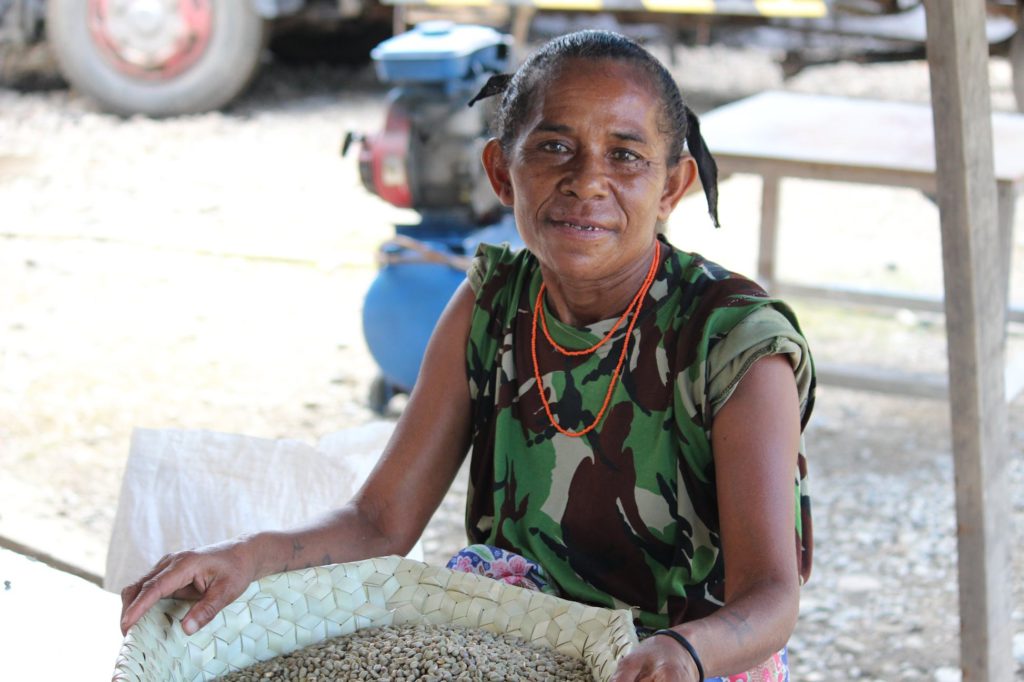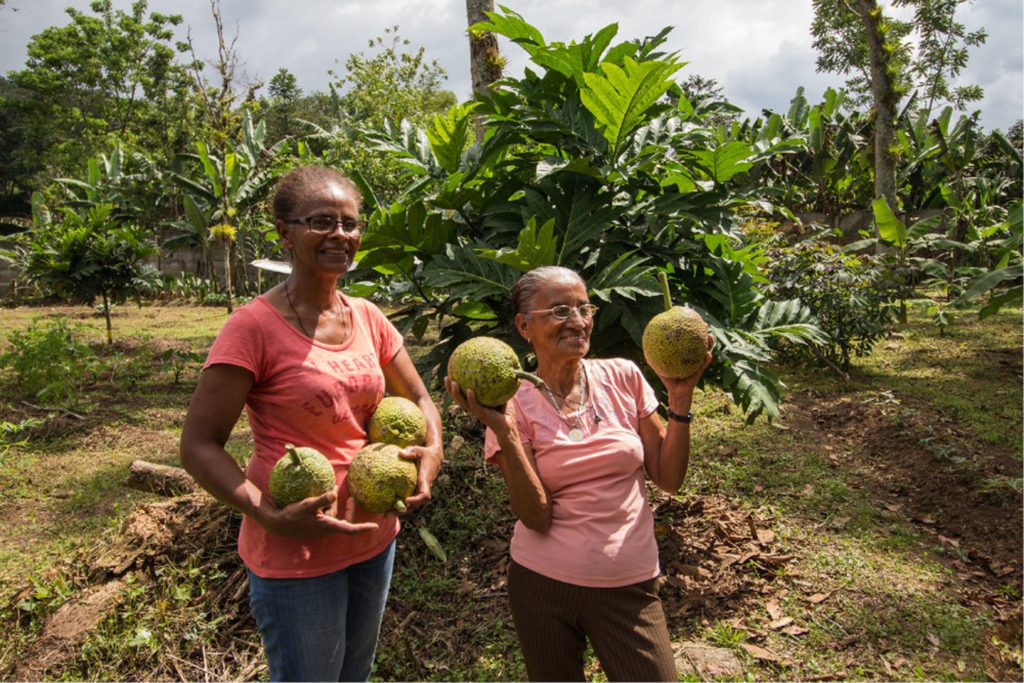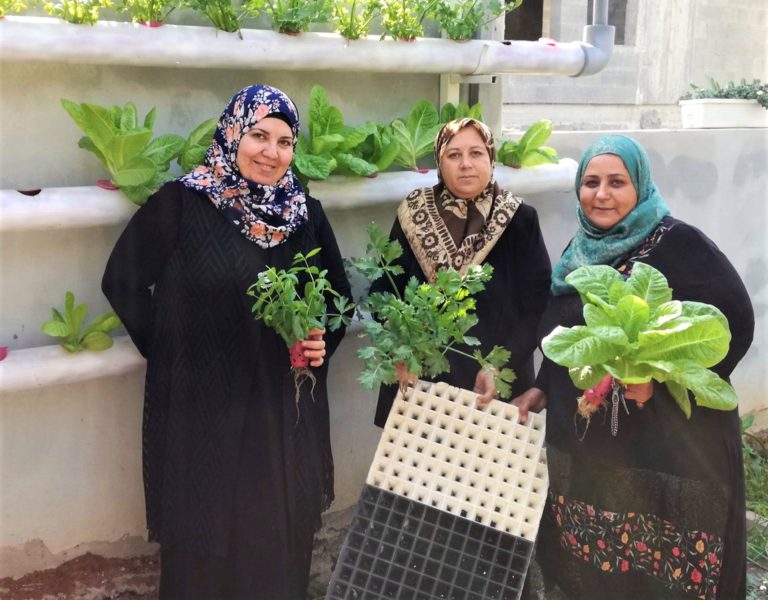What Is Food Justice?
An Introduction Into Current Terminology and How They Help Build Equity Into Food Systems
Have you been wondering what exactly it means to have food justice? You may not be alone! As we grow and evolve as humans and in our societies, our language often must evolve as well. It is important that we keep up with new terminology that is inclusive and inoffensive. Sometimes this may feel a little overwhelming or even frustrating as terms and concepts keep changing.

Here are some of the important terms related to food systems and food justice and what you should know about them.
Food Security & Food Insecurity
Food insecurity is when people, communities or specific populations lack consistent access to enough nutritious and culturally appropriate food to live active and healthy lives. Individuals and households experiencing food insecurity often struggle to meet their basic dietary needs, leading to negative health outcomes and decreased overall well-being. Food insecurity is more than just hunger; it is a complex issue influenced by various social, economic, and environmental factors. Food insecurity can be caused by a combination of factors, including poverty, unemployment, low wages, lack of access to affordable and nutritious foods, high food prices, limited transportation, and inadequate social support systems.
Women and people in rural areas disproportionately face higher rates of food insecurity. For example, 31.9 percent of women in the world were moderately or severely food insecure, compared to 27.6 percent of men.
In total, 828 million people face hunger in 2021, and more than 3 billion cannot afford consistent nutritious food. That is a very significant percentage of the world’s populations, and the rates have been rising each year.
Food security refers to the condition in which all people, at all times, have physical, social, and economic access to sufficient, safe, and nutritious food that meets their dietary needs and food preferences for an active and healthy life. It encompasses the availability, accessibility, utilization, and stability of food within a population.
Food Sovereignty
Food sovereignty is an incredibly important term and concept. It takes the notion of food security a bit further and applies it more holistically. Food sovereignty is a concept that emphasizes the rights of individuals, communities, and countries to control their own food systems and make decisions about how food is produced, distributed, and consumed. So what is the difference? Imagine a world where one entity controlled all of the food we produced and that entity ensured that every human had plenty of food. We would have food security–but we would not have food sovereignty.

Food sovereignty is a response to the challenges posed by the globalized and industrialized food system, which often prioritizes profit over people’s well-being and environmental sustainability. Food sovereignty recognizes food as a right, rather than a commodity and places the needs and interests of local communities and small-scale farmers at the center of food system decision-making.
Food Deserts
A food desert is an area where residents have limited access to affordable and nutritious food. Food deserts are where people often struggle to find fresh fruits, vegetables, and other healthy foods, typically due to a lack of grocery stores or supermarkets within a reasonable distance. This lack of access to healthy food options can contribute to poor diets, health disparities, and various diet-related health issues.
This term has been used for many years to define such places. However, it is not the preferred term any more.
Food Apartheid
The term food apartheid, rather than food desert, more fully reflects that the lack of food access is not a naturally occurring phenomenon the way the word “desert” implies.
Apartheid is a system of institutional racial segregation and discrimination. Racial disparities in US food systems have historically led to higher rates of food insecurity and lack of healthy food access for Black and Brown communities. Using the term, “food apartheid” highlights how racist policies shaped these areas we have been calling food deserts. It brings intentional focus to the intersectional root causes that created low-income and low food access areas.
Food apartheid is the result of structural racism. Using this term emphasizes the structural and systemic nature of the issue, highlighting that it is not simply a matter of geographic availability but rather a result of historical injustices and ongoing inequalities. It calls for comprehensive approaches that address social, economic, and racial disparities in order to ensure that all communities have access to healthy and nutritious food options.
Karen Washington, a revolutionary community activist who addresses issues of intersecting forms of oppression of racism, health, food access, and poverty in New York, coined this term.
Food Justice & Food Equity
“Food justice”is a movement that seeks to address and rectify inequalities in the food system based on race, class, gender, and other social factors. It focuses on ensuring that all individuals have access to healthy, affordable, culturally appropriate, and sustainably produced food. Food justice goes beyond mere access to food and aims to create a more equitable and just food system for everyone.
Food justice seeks to address the root causes of food insecurity and inequity, rather than simply addressing the symptoms. It emphasizes the interconnectedness of social, economic, environmental, and health issues within the food system. By promoting inclusivity, fairness, and sustainability, the food justice movement aims to create a more just and resilient food system that benefits everyone.
Food equity is synonymous with food justice in the goal of ensuring access to nutritious and culturally appropriate food for all individuals. Food equity aims to create a food system that is inclusive, unbiased, and responsive to the diverse needs of communities.
It is important to understand and differentiate between these terms. And not only that, but also bringing them into everyday vocabulary, academic papers, popular media, and policy write-ups to more consistently address our unjust food system.
Here are some other ideas for promoting greater food justice:
- Acknowledge historical and structural factors that have led to food disparities.
- Understand the importance of using correct terminology
- Seed-saving, seed exchanges for food sovereignty
- Garden and grow your own food when you can!
- Support small-scale farmers, regenerative agriculture, and farmer’s markets
- Follow us to learn more about our transparency and traceability tools!



1 comment
Upaya kami untuk keadilan pangan sudah kami lakukan namun tantangan kami adalah kami diperhadapkan dengan situasi masyarakat sekrang yang bisa saya katakan maunya yang instan. Khususnya soal pangan, cenderung maunya mendapatkan langsung tanpa membuang tenaga atau biaya, bagaimana solusinya. Terima kasih